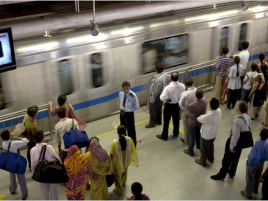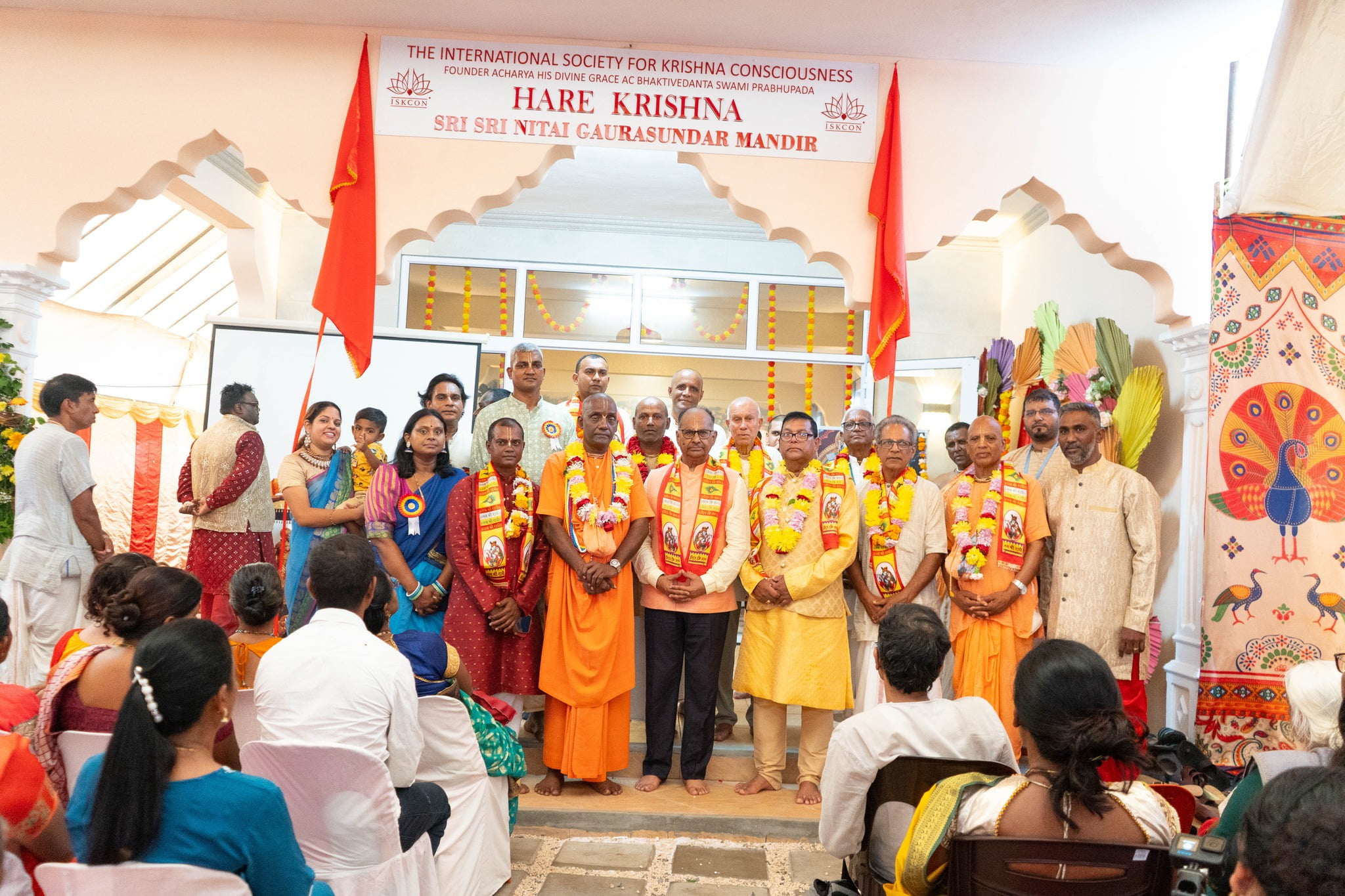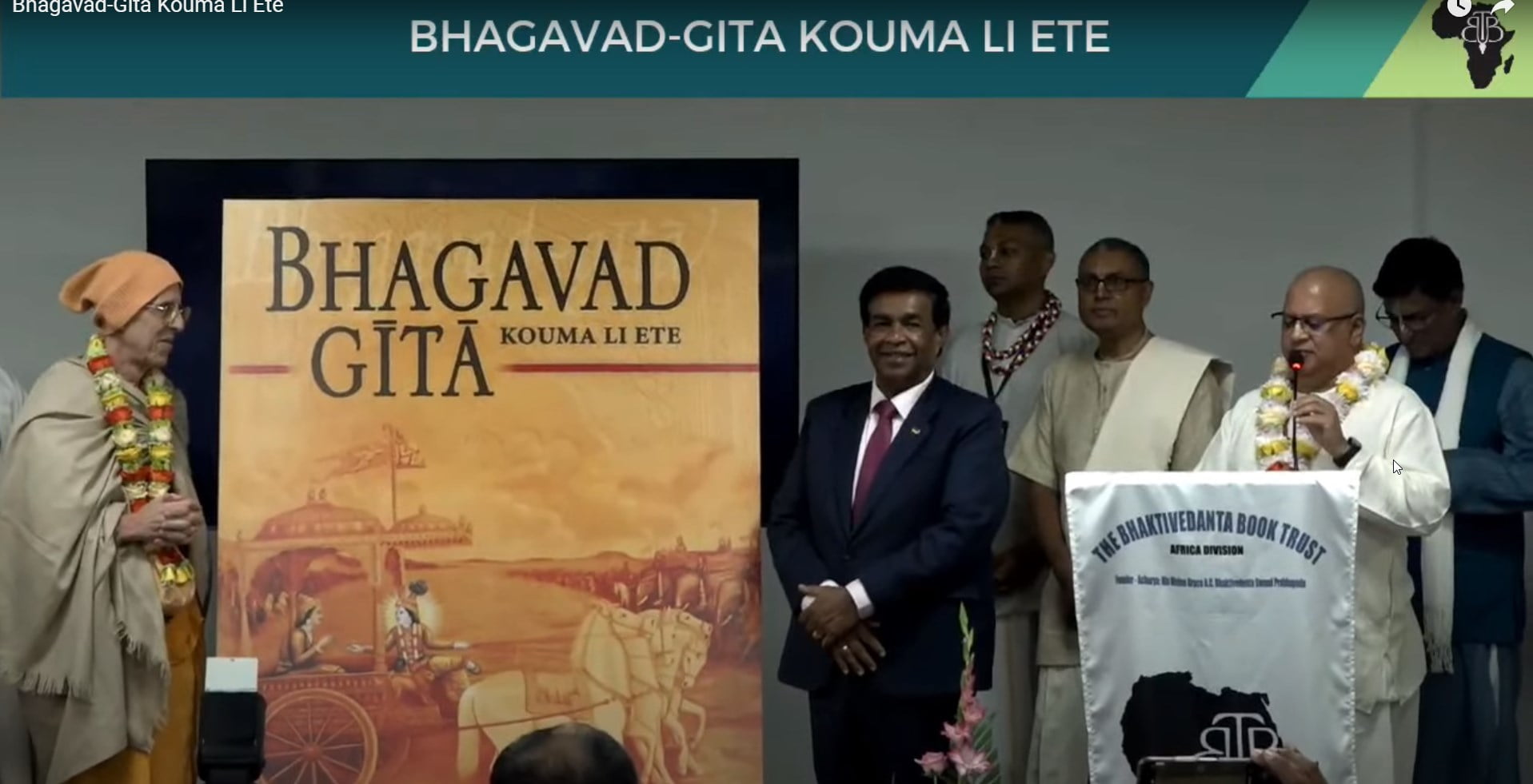In India, Hitching Hopes on a Subway
By Lydia Polgreen | May 20, 2010

The trains arrive with a whisper. The doors slide open and a puff of refrigerated air confronts the city’s summertime miasma. A bell dings, the doors close and the train whisks its passengers to the next stop.
This sequence of events might seem utterly ordinary on train platforms in Berlin or Bangkok, Stockholm or Singapore. But here in the sweaty heart of India’s northernmost megacity, the runaway success of the city’s almost complete subway system, known as the Metro, is a feat bordering on miraculous, and it offers new hope that India’s perpetually decrepit urban infrastructure can be dragged into the 21st century.
The Delhi Metro manages to defy just about every stereotype of urban India. It is scrupulously clean, impeccably maintained and almost unfailingly punctual. Its cars are the latest models, complete with air-conditioning and even power outlets to let commuters charge their mobile phones and laptops. Its signaling and other safety technology is first rate, and the system is among the best in the world, urban transport experts say. Despite cheap fares, less than 20 cents for the shortest ride and about 67 cents for the longest, the system manages to turn an operating profit.
In a country where government projects are chronically delayed and budgets are busted, the Metro is on track to finish its 118-mile network by fall, right on schedule and within its $6.55 billion budget.
“Metro’s performance has been outstanding,” said Pronab Sen, India’s chief statistician, whose government department keeps track of delays and cost overruns.
The Delhi Metro is perhaps the most ambitious urban infrastructure project since India won its independence, and its progress has been closely watched in a country facing a looming urban disaster. Unlike China and other rapidly growing developing countries, India remains predominantly rural.
But that is changing as millions of impoverished villagers try to grab a slice of India’s rapid but unequally shared economic growth. India has done almost nothing to cope with the influx of villagers into the cities, much less plan for many more, analysts say.
A study published last month by the McKinsey Global Institute estimated that by 2030, 590 million Indians would live in cities and 70 percent of India’s new jobs would be in cities. India needs $1.2 trillion in infrastructure to accommodate these new arrivals, the report concluded, including 4,600 miles of railways and subways, and real estate equivalent to the entire city of Chicago every year.
India’s romance with the village, which Mahatma Gandhi believed was the most suitable environment for human development, is partly to blame for the decrepitude of Indian cities.
Uniformly, India’s cities are a mess. Bangalore, India’s high-tech hub, is strangled daily by traffic that has already eroded its image. Mumbai, the commercial capital, is riddled with overcrowded slums.
New Delhi, as the capital, is alone among India’s largest cities in having control over its own money and destiny. The Metro is the most visible example of that advantage.
Much of the credit for its success is usually laid at the feet of one man, Elattuvalapil Sreedharan, a 77-year-old technocrat who serves as the Delhi Metro Rail Corporation’s managing director. Mr. Sreedharan has a reputation for fearlessness and incorruptibility. At the Metro he has tried to create the culture of a private start-up business in the most unlikely of petri dishes: the epicenter of India’s sprawling bureaucracy.
Instead of dry procedural manuals, senior managers are given a copy of the Bhagavad-Gita, one of Hinduism’s most important texts. But its significance is not religious, said Anuj Dayal, a spokesman for the Metro.
“It is a management text,” he said of the book, which is taken from the Mahabharata, an epic poem at the heart of Hindu philosophy. “It is the story of how to motivate an unmotivated person.”
The Bhagavad-Gita retells a battlefield dialogue between the god Krishna, disguised as a chariot driver, and Arjuna, a brave but demoralized king. Krishna convinces him that he must do his duty against all odds, and fight even what seems to be an unwinnable war.
It is a message that resonates with workers, many of whom came from India’s railway system, where bureaucratic procedures hampered even the smallest innovations. But in the Metro even the lowliest employees’ ideas are taken seriously, said P. K. Pathak, who runs Metro’s training institute.
When trainees at the institute, which is packed to the gills to try to churn out enough employees to staff its new lines, suggested staggering lunch times in the cafeteria to ease crowding, Mr. Pathak made the change that very day.
“In the railway, change was very difficult,” Mr. Pathak said. “In Metro, we are open to all ideas.”
Some of its changes seem simple but are revolutionary by Indian standards. The Metro has contracted out as much of its work as possible, keeping its payrolls slim and its management structure as simple as possible, officials say. They jettisoned the ubiquitous string-tied paper files, emblematic of India’s vast bureaucracy, doing as much work as possible electronically.
Some critics of the Metro system say that the project ran roughshod over environmental concerns and land-rights issues, two factors that typically cause long delays in infrastructure projects. Others say that it has not integrated fully with the city’s vast network of buses, which are much cheaper and cover far more ground. Nor is it clear that it can easily be replicated, since New Delhi is less densely populated than most large Indian cities, making land acquisition easier.
No one appreciates the Metro more than riders. Pawan Sharma, a civil servant who commutes from the western suburb of Dwarka, was so impressed with the Metro that he signed up to be a volunteer monitor. With a blue badge affixed to his chest, he patrols the train cars for two hours in the morning and evening, looking for people breaking the rules. He receives no compensation, not even free Metro rides.
The Metro’s rules are strictly enforced. Spitting, a common habit of Northern Indian men, is forbidden. So is sitting on the floor, a habit from India’s often-squalid railways, where passengers without tickets squat on the floor of overcrowded trains. Public urination, another unfortunate habit in a country where there are more cellphones than toilets, is off limits. Eating and drinking are forbidden, too.
Such rules chafe against the anything-goes chaos of urban life in India, Mr. Sharma said.
“People ask me, ‘Why are you bothering me?’ ” he said on a recent afternoon as he cajoled a young rider to stand up, not squat on the floor. “But I tell them, ‘The government has given us this nice facility. Why do you want to spoil it?’ ”
Mr. Sharma said he had to be strict in this crowded, hectic city.
“Small things add up to big things,” he said. “If you ease up they will start spitting in the trains. They will sit on the floor and play cards. The whole system will become a mess.”
Indeed, it remains to be seen if the Delhi Metro will remain as well-run as it is today, and whether its lessons can be applied elsewhere. Mr. Sreedharan recently had heart bypass surgery and is on extended medical leave, and he plans to retire once the Metro is completed later this year.












